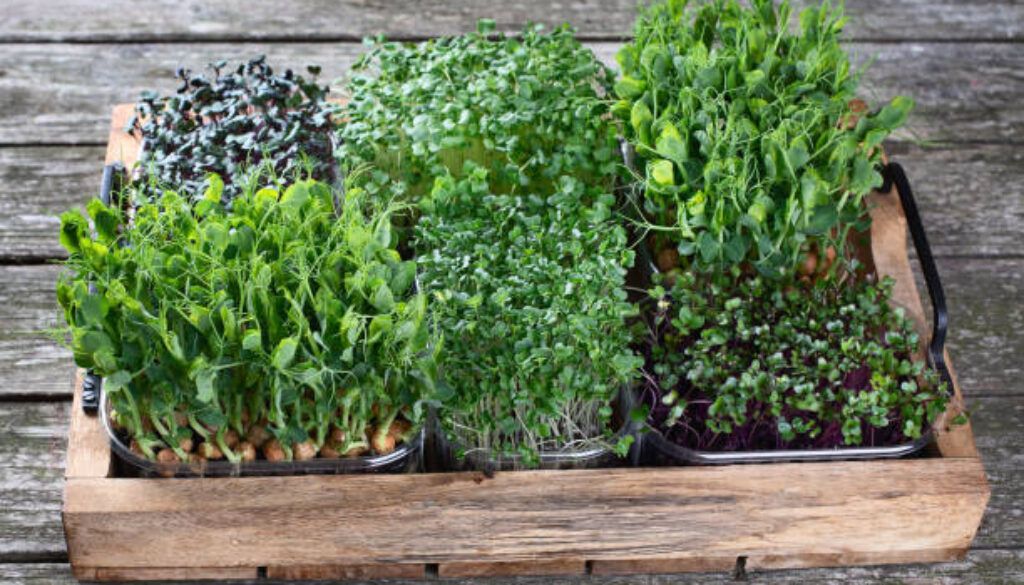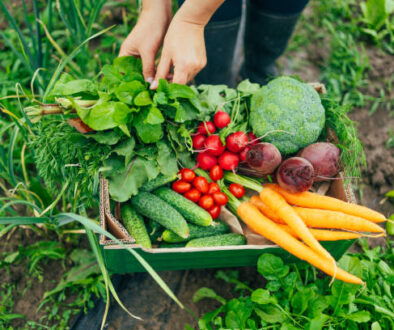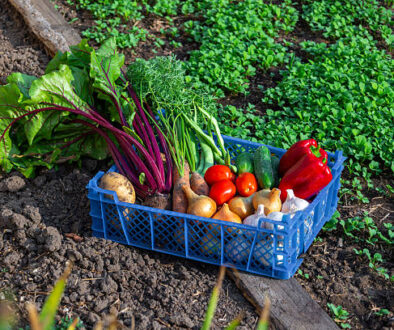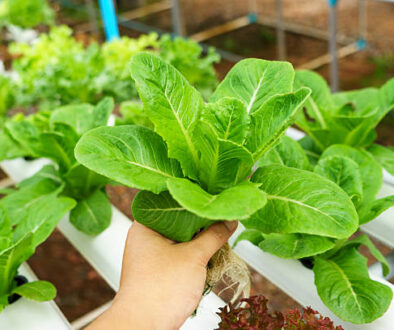The 10 Best Herbal Plants And Their Uses You Need in Your Medicine Garden
Quick Disclaimer: This post may contain affiliate links, meaning if you purchase a product through those links, I may receive a small commission with no extra cost to you. Thanks for your support to my work! I only Recommend Products I Trust!
MoreBy the end, you’ll feel ready to create your own medicinal herbs garden that’s both practical and beautiful.
Related:
- 15 Magical Medicinal Herbs for the Summer & Spring
- 15 Medicinal Herbs That Belong in Your Backyard Garden: Natural Healing Remedies
- Top 10 Medicinal Herbs and Healing Plants with Their Benefits and Growing Tips
1. Aloe Vera – The Skin Soother
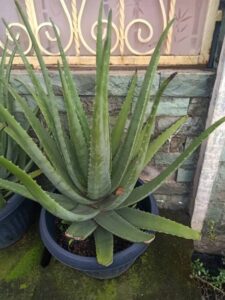
If there’s one plant every medicine garden should have, it’s aloe vera.
It’s famous for cooling sunburns, calming rashes, and helping minor cuts heal faster.
The gel inside its thick leaves works almost instantly when you apply it to irritated skin.
Even better? Aloe is low maintenance and can thrive in pots indoors or out, making it a favorite in any medicinal herbs garden.
You can use aloe for more than just skin. Many people add a small amount of its gel to smoothies for a digestive boost.
Just make sure you remove the yellow latex layer under the skin, it can be harsh on your stomach.
With the right care, aloe plants can live for years, providing you with a steady supply of natural skin care and health support.
2. Peppermint – The Stomach’s Best Friend
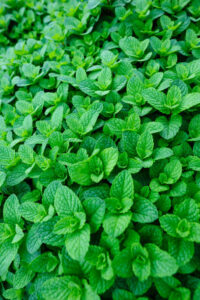
Peppermint is one of the easiest herbal plants and their uses to understand: it’s fresh, fragrant, and amazing for digestion.
💡Quick Note: Learn How To Transform A Typical Money-Draining House Into A Tiny Profitable Off-The-Grid Homestead. Click Here To Get Started Now!
Steeping the leaves in hot water makes a soothing tea that can calm bloating and ease nausea.
Peppermint also grows quickly, so you’ll never run out of leaves if you give it enough space.
Beyond tea, peppermint oil is known for clearing sinuses and relieving tension headaches when inhaled or rubbed (diluted) on the temples.
When identifying medicinal plants, peppermint is easy, those bright green leaves and cool scent are hard to miss.
Just remember, it can spread fast, so it’s best to plant it in a pot or a contained section of your garden.
3. Chamomile – The Relaxation Hero
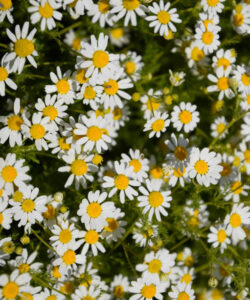
Chamomile is the ultimate “calm-down” plant.
Its daisy-like flowers make a gentle tea that helps with sleep and relaxation.
For centuries, people have used it to soothe anxiety, stomach cramps, and even skin irritation.
A well-cared-for chamomile patch will bloom for months, giving you plenty to harvest.
In an easy medicinal plants guide, chamomile always makes the list because it’s simple to grow and easy to recognize.
Dry the flowers and store them in a jar, and you’ll have a natural stress reliever ready anytime.
🌼Don’t You Dare To Miss Out On This Kit! The Medicinal Garden Kit is a Must-Have for Your Garden. Click Here to Access Now!
Plus, the plant’s small white flowers bring a cheerful touch to your medicinal herbs garden.
4. Lemongrass – The Natural Detox
Lemongrass is a fragrant herb known for its citrusy flavor and detoxifying benefits.
It’s often used in teas to support healthy digestion and flush out toxins.
This plant also has antibacterial properties, making it a handy addition to your medicine garden.
Growing lemongrass is simple, it loves sunshine and warmth.
You can plant it directly in your garden or keep it in a pot on your patio.
It also repels mosquitoes naturally, which is a nice bonus if you spend a lot of time outdoors.
5. Echinacea – The Immune Booster
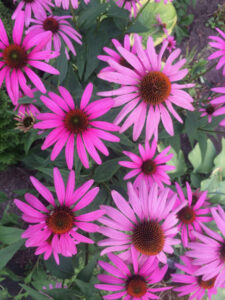
Echinacea’s bright purple petals aren’t just pretty; they pack a punch for your immune system.
Many use it to help shorten colds or prevent them altogether.
You can make teas or tinctures from the roots and flowers.
This plant is a great example for how to teach medicinal plants because it’s easy to grow, drought-tolerant, and resilient.
Whether you’re gardening in rich soil or rocky terrain, echinacea will usually thrive.
It also attracts pollinators like bees and butterflies, which helps the rest of your medicinal herbs garden flourish.
6. Ginger – The Anti-Inflammatory Star
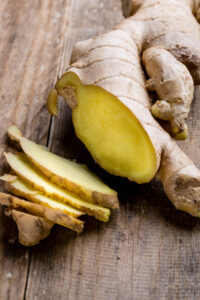
Fresh ginger root is a powerhouse for reducing inflammation, easing nausea, and boosting circulation.
You can steep it in hot water, add it to cooking, or blend it into fresh juices for a spicy health kick.
Planting ginger is easier than many think. You can start with a store-bought root, plant it in loose soil, and wait for the shoots to appear.
It prefers warm, shady spots, so it’s perfect for tucking into corners of your garden that don’t get full sun.
7. Basil – The Multi-Purpose Healer
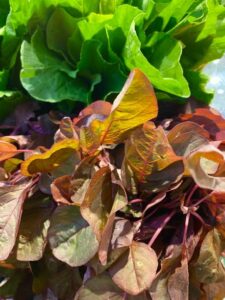
Basil isn’t just for pasta; it’s also known for its antibacterial and anti-inflammatory benefits.
It can help with mild colds, coughs, and even skin infections when used correctly.
💡Quick Note: Learn How To Transform A Typical Money-Draining House Into A Tiny Profitable Off-The-Grid Homestead. Click Here To Get Started Now!
It’s a must-have in an easy medicinal plants guide because it’s quick to grow, even from seed.
Keep harvesting the leaves regularly, and you’ll have fresh basil all season.
Whether you’re making tea, oil infusions, or just adding it to meals, basil deserves a spot in your medicinal herbs garden.
8. Calendula – The Skin Repair Expert
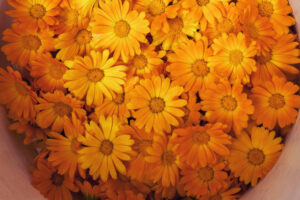
Calendula flowers have a long history of helping with cuts, scrapes, and skin irritation.
You can use them to make healing balms, salves, or soothing teas.
It’s easy to recognize when identifying medicinal plants thanks to its bright orange or yellow blooms.
Calendula thrives in sunny spots and keeps blooming if you harvest flowers regularly.
9. Kaktus Dan Sukulen – The Desert Healers
Not all medicinal plants need lush soil. Kaktus dan sukulen (cactus and succulents) store water and often have unique healing properties.
Some varieties are used for hydration, while others help with inflammation or provide soothing gels like aloe.
These plants are perfect for low-maintenance gardening.
They’re also excellent for teaching kids how to teach medicinal plants because their shapes, colors, and care needs make them fun and memorable to grow.
10. Lavender – The Stress Reliever
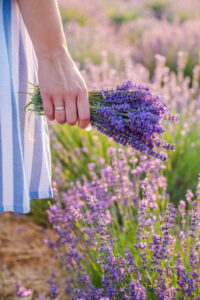
Lavender’s calming scent is famous for reducing anxiety and helping with sleep.
It also works well as a natural insect repellent and can be used in skin care.
Lavender prefers sunny, dry spots, and once established, it’s incredibly hardy.
Cut and dry the flowers for year-round use in teas, sachets, or oils.
Plus, it adds a beautiful touch of purple to your medicinal herbs garden.
Conclusion
Building your own medicine garden is more than just planting herbs; it’s creating a living pharmacy right outside your door.
By learning identifying medicinal plants and understanding herbal plants and their uses, you can take control of your health in a natural way.
From calming teas to soothing balms, each plant offers something unique.
Start with just a few, and before you know it, you’ll have your own thriving medicinal herbs garden that keeps giving year after year.
FAQs
- What’s the easiest medicinal plant to grow for beginners?
Peppermint or basil—both grow quickly and need minimal care. - Can I grow these plants indoors?
Yes, many like aloe, peppermint, and basil do well in pots by a sunny window. - How do I identify medicinal plants safely?
Use reliable guides with medicinal plants names and pictures and confirm with an expert if unsure. - Do medicinal plants need special soil?
Most do well in regular garden soil with good drainage, but some, like kaktus dan sukulen, prefer sandy soil.
